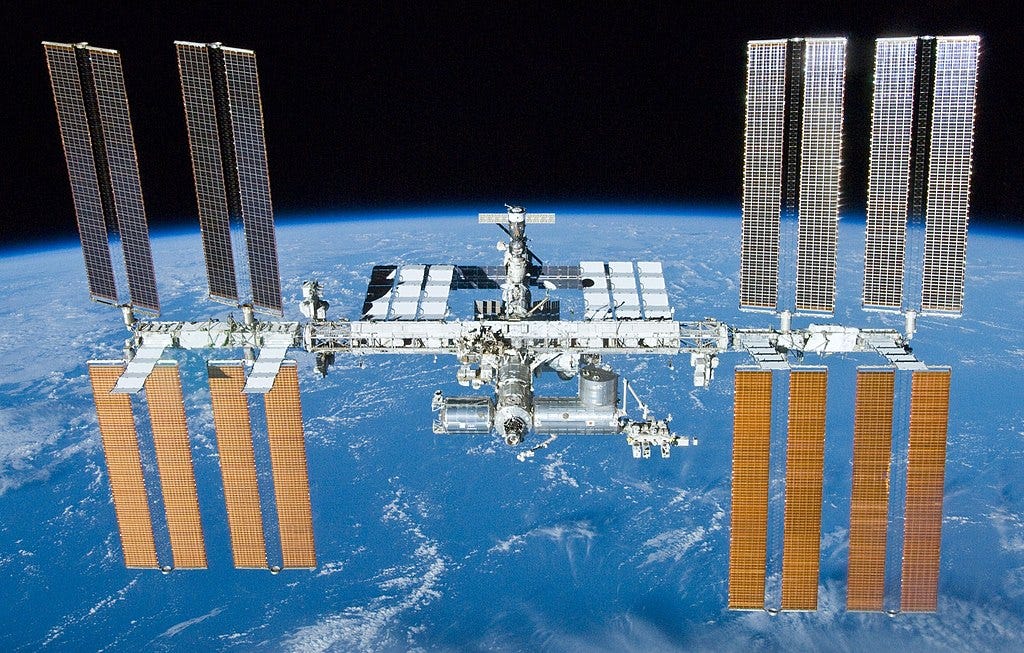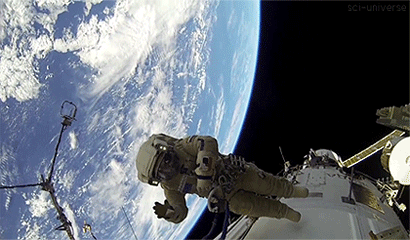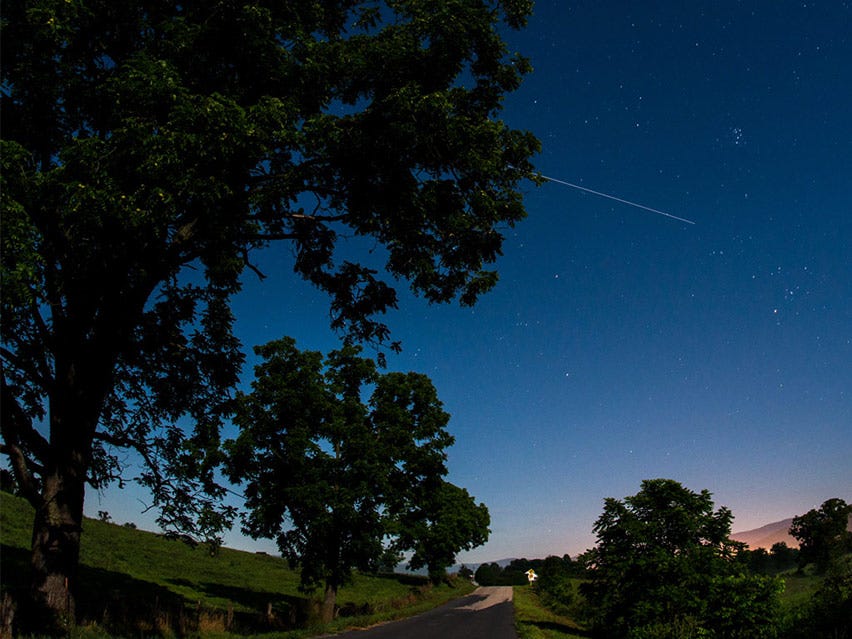How to spot International Space Station with naked eyes?
Astronomy and Astrophysics - Part 13
Greetings fellow scientist.
Look up at the stars and not down at your feet. Try to make sense of what you see and wonder about what makes the universe exist. Be curious. - Stephen Hawking
Have you ever observed a shooting star in the night sky? Have you ever seen it more than once, probably often, every week? If you answered yes, you might have wondered what is it? And if you have never seen it, you’ve been missing out on one of the most beautiful sightings in the sky.

That moving star isn’t actually a star. Rather it is the International Space Station(ISS), the largest structure ever built and put up into space by humans.
ISS is a multi-nation collaboration involving 18 countries and 5 major space agencies: NASA(USA), Roscosmos(Russia), JAXA(Japan), ESA(Europe) and CSA(Canada). It is used for scientific research, exploration, educational and cultural outreach.

Spotting ISS
Yes, it is possible to spot ISS with naked eyes after sunset or before sunrise. It appears as a moving white dot against the background of stars in the sky. The brightest artificial object and the third brightest object in the sky, ISS has a brightness comparable to that of Venus.
‘Spot The Station’ is a service launched by NASA which sends people alerts in the form of text and email when ISS is about to fly over their location.
To know when and where to look when ISS flies above you the very next time, visit Spotthestation here and follow the steps below:
Use the map of the earth to navigate to your location.
If the location marker doesn’t appear above your city, look for the nearest city which has the blue coloured location marker and click on it.
Click on View Sighting Opportunities. You will be redirected to a page where the schedule of the ISS near your city will be displayed.
Check the Date/Time, Maximum Height and Appears column. Appears tells you the direction and the angle at which ISS will start to appear above the horizon. A good observation is possible if the maximum height is at least 15 degrees.

Let’s understand it even better with an example.
SpotTheStation! Time: Tue Feb 25 8:00 PM, Visible: 3 min, Max Height: 50 degrees, Appears: WSW, Disappears NE.”
This data tells that station will start to appear at 8:00 PM on 25 February; from West by SouthWest; disappear below the horizon in NorthEast; be visible for a maximum of 3 minutes and will attain a maximum height of 50 degrees above the horizon.
Congratulations! Now you know exactly when and where to look for ISS in the sky. Why not try this today? I guarantee you will find the sighting very interesting!





This is so cool!